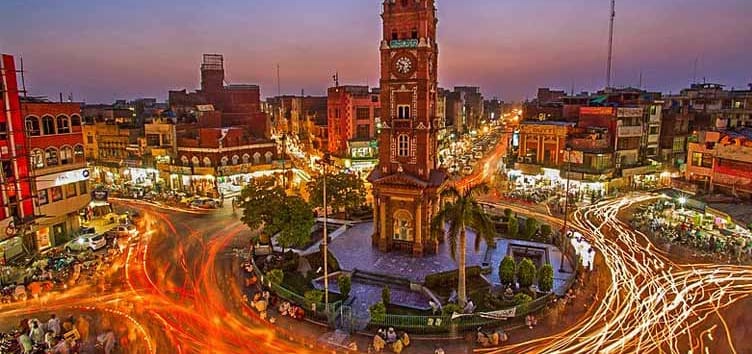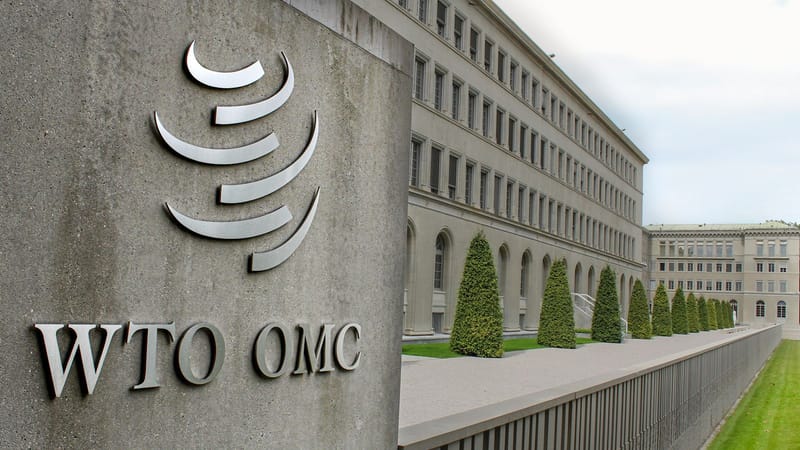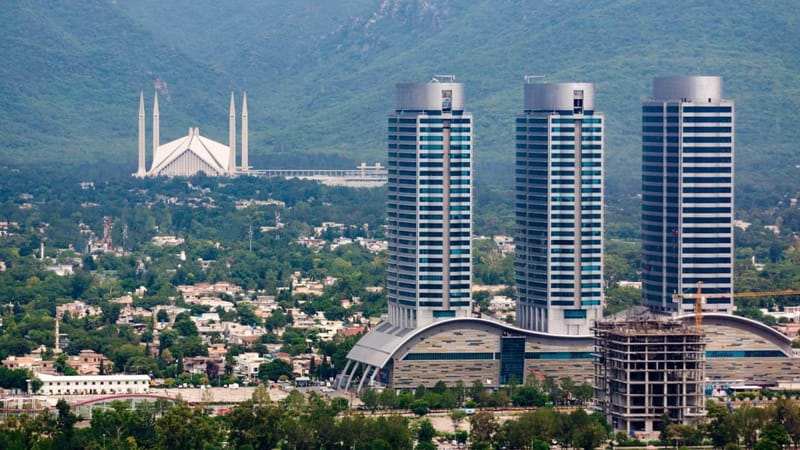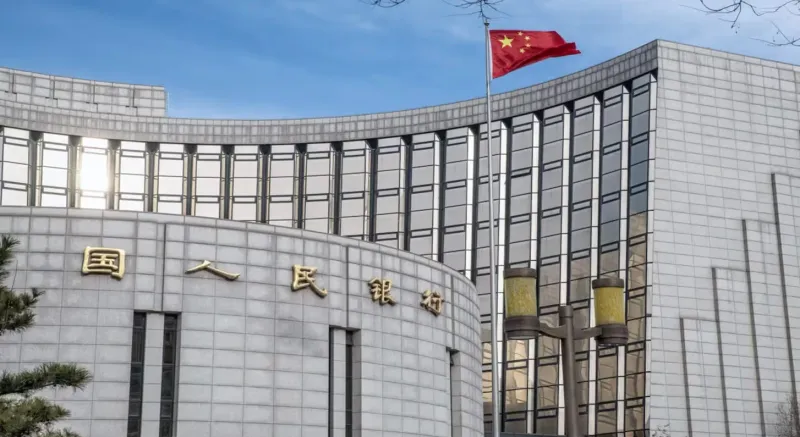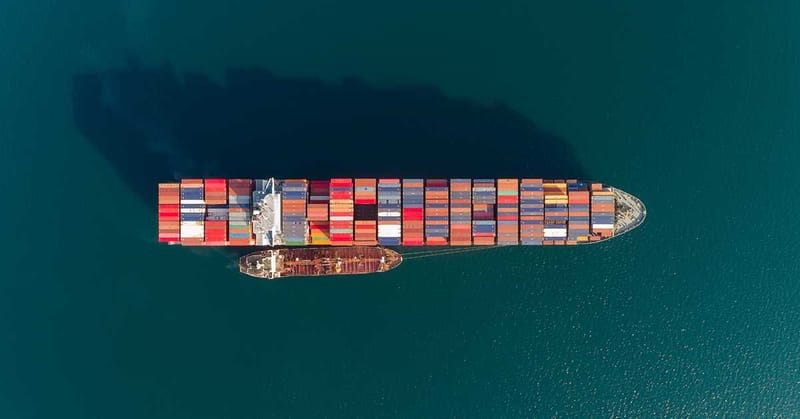Pakistan's Economic Turbulence: In Dire Need of a Fundamental Overhaul
Pakistan faces a severe economic crisis driven by high global oil prices, rising agricultural imports, and economic mismanagement
Pakistan's economy, which has required 23 International Monetary Fund (IMF) bailouts over the past 75 years, demands a radical overhaul. This economic volatility wasn't always the norm. During the 1980s, Pakistan's per capita income surpassed that of India, China, and Bangladesh. However, today, Pakistan is the poorest among these nations, with a GDP growth estimate of only 2%, just enough to keep pace with population growth.
Currently, Pakistan faces a severe economic crisis driven by high global oil prices, rising agricultural imports, and economic mismanagement. In April 2023, year-on-year inflation reached a record 36.5%, the highest in nearly 60 years, pushing Pakistan toward yet another IMF bailout. The IMF's repeated interventions highlight a mutual dependence, with Pakistan seeking lifelines and the IMF providing conditional support, typically involving privatization, austerity measures, and tax broadening. However, these conditions fail to address the root problem: an unproductive elite and a broken decision-making process.
A Chronic Dollar Shortage
Pakistan's federal government has been virtually bankrupt for a long time. Last year, the sum of interest payments on government debt and pension payments exceeded the federal government’s net revenue. The bloated government machinery runs on borrowed money, not in Pakistani rupees but in foreign currencies. Pakistan faces $25 billion in external debt payments in the fiscal year starting July, thrice its foreign exchange reserves. Historically, tax revenues are mostly allocated to debt servicing, defense, and civil administration, leaving nothing for infrastructure or public services like education and health.
With one of the world's lowest tax-to-GDP ratios at just 10%, and less than 1% of the population paying income tax, Pakistan's fiscal imbalances are stark. Agricultural income, real estate, and retailers are hardly taxed for political reasons. Consequently, Pakistan has consistently failed to generate sufficient tax revenue, resorting to borrowing at higher interest rates to finance annual expenditures. This unsustainable practice leads to recurring foreign exchange crises, prompting yet another IMF bailout.
Unproductive Elite and Rent-Seeking Economy
Pakistan's elite class epitomizes economic unproductivity. Unlike India's industrial magnates or America's tech innovators, Pakistan's richest individuals often earn through land schemes and crony capitalism. For instance, Shahid Khan, a world-leading automotive parts manufacturer in the US, contrasts sharply with domestic elites profiting from protected markets in ceramics, textiles, and cement without exporting or innovating.
A UN development report highlighted that economic privileges to Pakistan's elite, including feudal landlords, the political class, and the military, total $17.4 billion annually, about 6% of the economy. These privileges, through tax breaks and preferential access to capital, perpetuate economic stagnation. Investment rates remain among the world's lowest, as the elite prefer domestic market monopolies over competitive, export-driven enterprises.
The Real Estate Conundrum
The real estate sector exemplifies Pakistan's productivity woes. Businessmen and the middle class alike invest in urban land for capital gains, largely untaxed, rather than in productive enterprises. Punjab province, with over 100 million people, collects less urban property tax than Chennai, India, with about 10 million. The result is high levels of consumption, driven by luxury imports, further burdening the economy. In 2023 alone, Pakistan spent $8 billion on non-essential goods imports.
Political Instability and Military Influence
Pakistan's political system, dominated by feudal landlords and business elites, lacks long-term vision and professional planning. Frequent military interventions and political instability deter foreign investment. No prime minister has completed a term, with military influences installing and removing leaders to sustain their power base. The military's extensive corporate empire, including top companies on the Karachi Stock Exchange, exacerbates the issue, prioritizing short-term gains over sustainable development.
Agricultural Mismanagement
Agricultural policy in Pakistan is skewed to benefit the elite rather than create stability. Despite ample arable land, Pakistan is a net food importer due to low productivity and backward policies. Water-intensive crops like sugarcane are grown extensively, despite severe water shortages and food import needs, reflecting the interests of powerful political figures over national welfare.
Survival Through Geostrategic Monetization
Pakistan's economic survival has often hinged on its strategic location. US aid during the Soviet-Afghan conflict and post-9/11, as well as recent Chinese loans, have provided temporary relief. Additionally, remittances from overseas Pakistanis contribute significantly. However, relying on external aid is not a sustainable economic strategy.
A Call for Structural Reforms
To avert economic collapse, Pakistan must undertake fundamental structural reforms, focusing on productivity, tax reform, and political stability. The country's future depends on aligning the incentives of its ruling elite with long-term development goals, fostering a more inclusive and competitive economy. Without these changes, Pakistan's economic turbulence will persist, risking a future bailout too late to prevent disaster.


